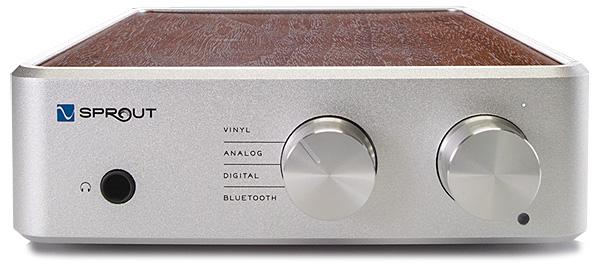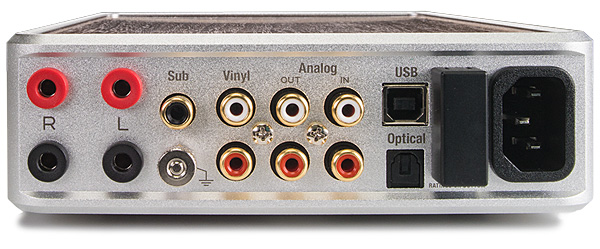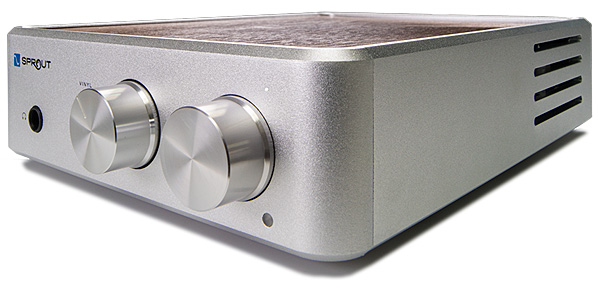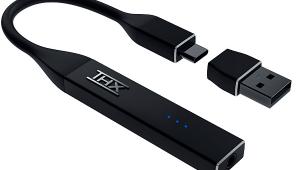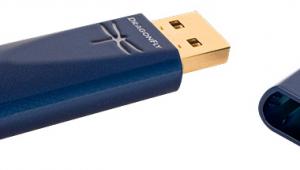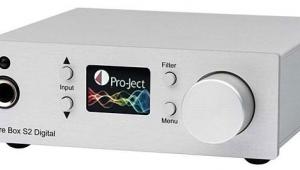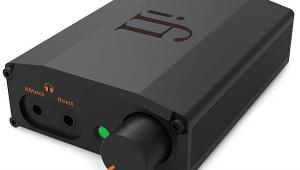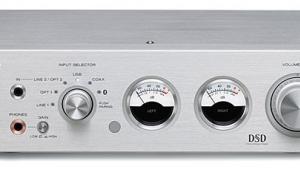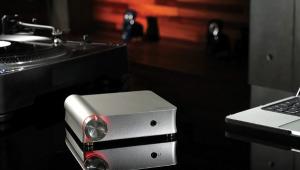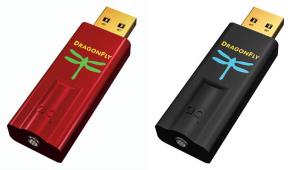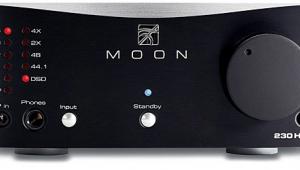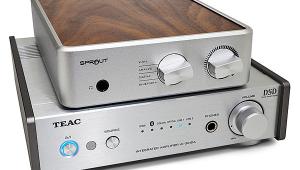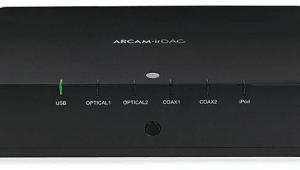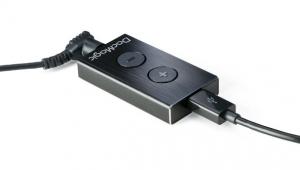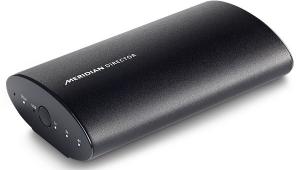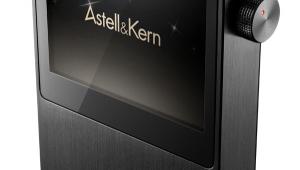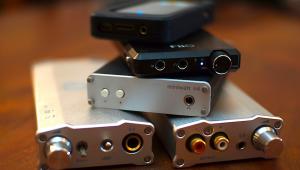I'm looking for a pair of sub $1,000, preferably sub $800, bookshelf speakers to pair with the Sprout 100. Bonus points for not having a rear firing port as space is at a premium. For that reason, I won't be adding a sub. Any ideas?
One would think sensitivity would be an issue, but the few in depth reviews I've read or watched have claimed that the Sprout 100 drives relatively inefficient speakers, like Mr Griffin's 87db Totems, pretty darn well. So if not efficiency, then impedance? Perhaps finding a good pair of 4ohm bookshelf units to maximize the 100w the Sprout is capable of? I'm clearly wide open to suggestion.
